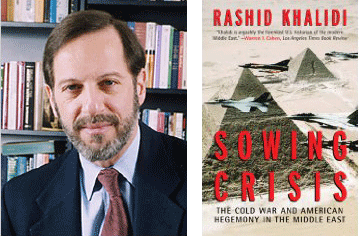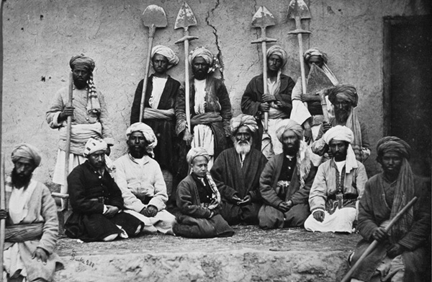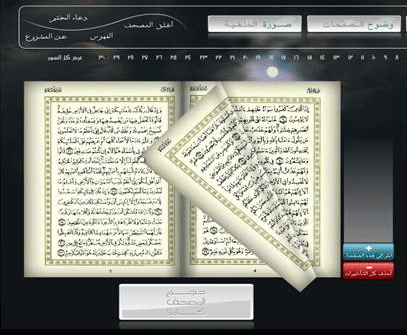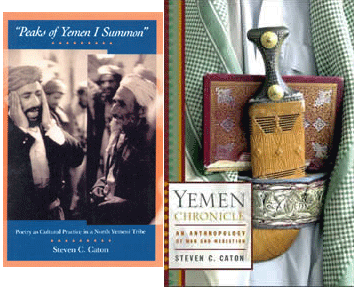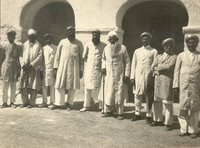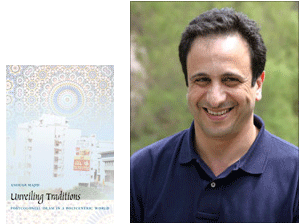
Anouar Majid
Unveiling Traditions
By Anouar Majid
Manufactured cultural biases and antagonisms deflect people’s attention from the more pressing issues facing humanity as a whole and energize the real powers undermining world cultures and ‘imagined communities.’ Although power relations and configurations have shifted dramatically in the last few decades, the languages of politics and scholarship still operate on dated assumptions whose effect is to freeze live histories into immutable and misleading stereotypes. One can understand how people without sufficient access to academic scholarship continue to believe that nations and cultures as they imagine them are real; but how does one account for the persistence of such beliefs in whole fields of academic study, despite a continuous barrage of information telling us that the world is being dramatically reconfigured by the rising powers of multinational organizations and extraterritorial bodies and laws? Continue reading Unveiling Traditions
